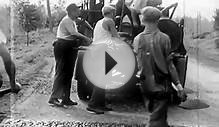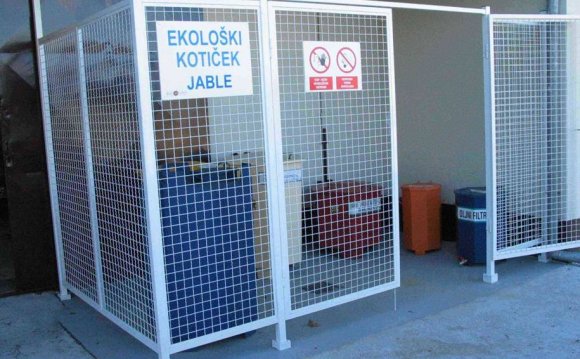
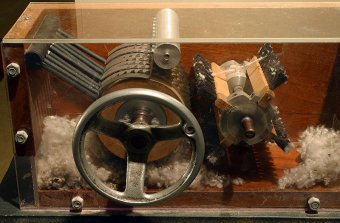 1794
1794
1875
one of the 'founding fathers' of the National College of Agricultural Engineering (NCAE)
1900
Dan Albone, a Biggleswade cycle manufacturer conceived a light weight petrol powered general purpose agricultural vehicle. By November 1901 he had completed his tractor design, and filed for a patent on 15 February 1902 founding the Ivel Agricultural Motors in the same year.
At about the same time, Charles Hart and Charles Parr establish the first U.S. factory devoted to manufacturing a traction engine powered by an internal combustion engine. Smaller and lighter than its steam-driven predecessors, it runs all day on one tank of fuel. Hart and Parr are credited with coining the term "tractor" for the traction engine.
1902
Standard drum brakes are invented
Standard drum brakes are invented by Louis Renault. His brakes work by using a cam to force apart two hinged shoes.
1904
Benjamin Holt, a California manufacturer of agricultural equipment, develops the first successful crawler tractor, equipped with a pair of tracks rather than wheels. Dubbed the "caterpillar" tread, the tracks help keep heavy tractors from sinking in soft soil and are the inspiration for the first military tanks. The 1904 version is powered by steam; a gasoline engine is incorporated in 1906.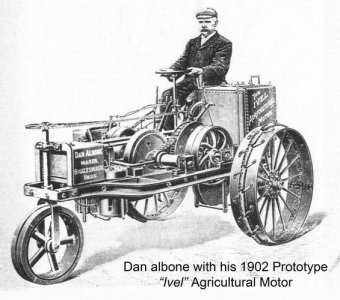 The Caterpillar Tractor Company is formed in 1925, in a merger of the Holt Manufacturing Company and its rival, the C. L. Best Gas Traction Company.
The Caterpillar Tractor Company is formed in 1925, in a merger of the Holt Manufacturing Company and its rival, the C. L. Best Gas Traction Company.
1905
First agricultural engineering curriculum at Iowa State College
Jay Brownlee Davidson designs the first professional agricultural engineering curriculum at then-Iowa State College. Courses include agricultural machines; agricultural power sources, with an emphasis on design and operation of steam tractors; farm building design; rural road construction; and field drainage. Davidson also becomes the first president of the American Society of Agricultural Engineers in 1907, leading agricultural mechanization missions to the Soviet Union and China.
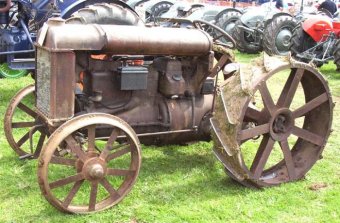
1907
ASAE founded. The American Society of Agricultural Engineers, now known as the American Society of Agricultural and Biological Engineers, was founded.
1908
First solar collector
William J. Bailley of the Carnegie Steel Company invents a solar collector with copper coils and an insulated box.
1913
Activated sludge process
In Birmingham, England, chemists experiment with the bio-solids in sewage sludge by bubbling air through wastewater and then letting the mixture settle; once solids had settled out, the water was purified. Three years later, in 1916, this activated sludge process is put into operation in Worcester, England, and in 1923 construction begins on the world’s first large-scale activated sludge plant, at Jones Island, on the shore of Lake Michigan.
1917
First long-distance high-voltage transmission line
The first long-distance high-voltage transmission line is established by American Gas & Electric (AG&E), an investor-owned utility. The line originates from the firstmajor steam plant to be built at the mouth of a coal mine, virtually eliminating fuel transportation costs.
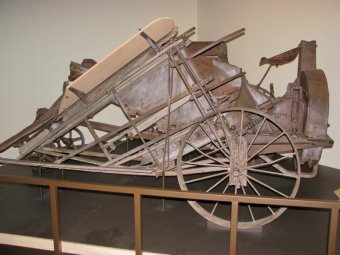
A spinoff of the Ford Motor Company, Henry Ford & Son Corporation, begins production of the Fordson tractor. Designed to work 10- to 12-acre fields, it soon accounts for 50 percent of the worldwide market for tractors.
1918
American Harvester Company of Minneapolis begins manufacturing the horse-drawn Ronning Harvester, a corn silage harvester patented in 1915.
Picture from the Minnestota History Center Museum courtesy of
1919 Nebraska State tractor test law established (a law established to protect others from irresponsible tractor companies failing to keep the best interests of the farmer in mind) which resulted in the formation of the Nebraska Tracor testing facility.1921
First major aerial dusting of crops by U.S. Army pilots and Ohio entomologists spraying arsenate of lead over 6 acres of catalpa trees in Troy to control the sphinx caterpillar. Stricter regulations on pesticides and herbicides go into effect in the 1960s.
1922
International Harvester introduces a power takeoff, a device that allows power from a tractor engine to be transmitted to attached harvesting equipment
1923
Farm Engineering Research and Testing Unit set up – The Institute of Agricultural Engineering – later to become the National Institute of Agricultural Engineering (NIAE) - established under the auspices of Oxford University
1931
Caterpillar manufactures a crawler tractor with a diesel engine offering more power, reliability, and fuel efficiency than those using...
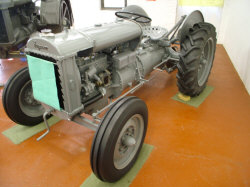
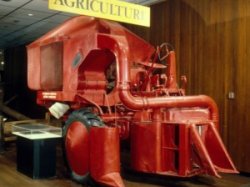
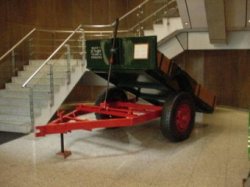

RELATED VIDEO
